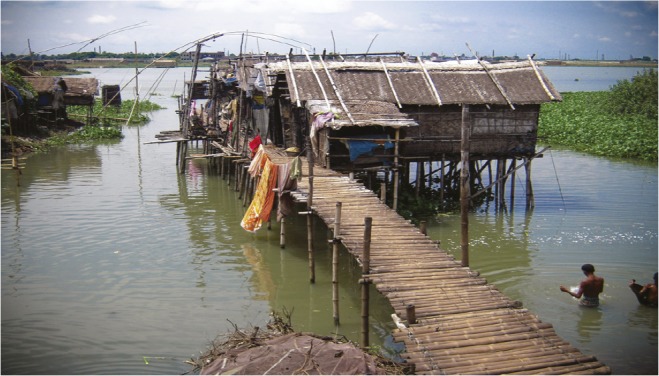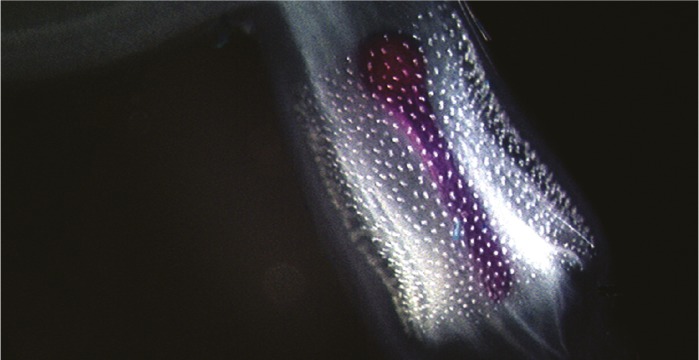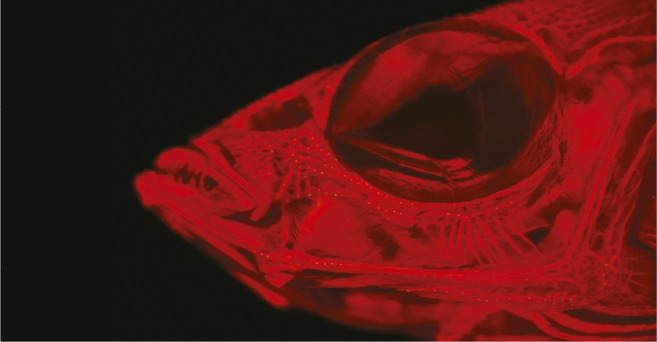Climate impacts and income inequality

Climate change is expected to disproportionately affect poor people. Image courtesy of the Development Planning Unit, University College London, London.
Integrated assessment models (IAMs) estimate the social costs of carbon emissions and provide predictions of future carbon prices that would minimize these costs. Typically, these models incorporate economic inequality between regions and ignore inequality within regions. Francis Dennig et al. (pp. 15827–15832) modified a leading IAM, known as Regional Integrated Climate-Economy, to include economic inequality within regions by breaking each region into income quintiles. The authors used the resulting model, called Nested Inequalities Climate-Economy model (NICE), to explore how the predicted optimal carbon prices varied depending on how climate-induced damages were distributed among income levels. Available empirical evidence suggests that the economic impacts of climate change on individuals are inversely associated with income levels. Under such a scenario, NICE predicts that the optimal carbon price will be significantly higher than that predicted when income inequality within regions is not taken into account. At lower carbon prices, the damages to low-income groups could be sufficiently large to prevent their long-term income growth. The results suggest that accounting for unequal distribution of income and damages within regions may be essential in formulating climate policy, according to the authors. — B.D.
Generosity and income inequality

1771 depiction of generosity by a wealthy man.
Previous studies have suggested that high-income people are less generous than low-income people. To assess links between income inequality and the generosity of high-income individuals, Stéphane Côté et al. (pp. 15838–15843) analyzed results of a previous nationally representative survey of 1,498 people that included a giving opportunity. The survey results suggested that high-income people from states with high income inequality were less generous than high-income people from states with low income inequality. The authors further conducted an experiment with 704 people who were presented with simulated information portraying their home states as having either high or low income inequality. When presented with an opportunity to bestow raffle tickets on another participant, high-income people were less generous when they were shown simulated high income inequality data than when they were shown simulated low inequality data, suggesting that wealthy people may be less generous when they perceive high inequality. The authors found no association between inequality and the generosity of low-income individuals. The results challenge the view that high-income people generally exhibit low generosity and suggest another possible consequence of income inequality on societal welfare, according to the authors. — P.G.
Illuminating the dark proteome
Though the collection of known 3D protein structures continues to expand, the structures of some regions within the proteome have not been experimentally determined. Because these regions lack homology to known domains, they cannot be predicted. Nelson Perdigão et al. (pp. 15898–15903) sought to identify such regions, collectively termed the “dark proteome.” The authors used the program Aquaria, a publicly available tool previously designed to enable biologists to obtain structural information based on amino acid sequence. Using Aquaria to survey the 546,000 sequences within the Swiss-Prot database, the authors found that 13–14% of amino acid residues in prokaryotic proteins, 44% in eukaryotes, and 54% in viruses reside in the dark proteome. Nearly half of the dark proteome consists of “dark proteins,” thus termed when the entire sequence is dark. Most dark proteins did not display a higher-than-normal level of predicted disorder, compositional bias, or transmembrane residues, although they had increased levels of cysteine, phenylalanine, and tryptophan residues, suggesting a high frequency of disulfide bonds and possibly undetected transmembrane spans. In eukaryotes, dark proteins were more likely than nondark proteins to be secreted. Many dark proteins contain rare domains that may have evolved recently, and a majority have unknown location or function, making them prime candidates for research, according to the authors. — C.B.
How skates develop wing-like pectoral fins

Proliferating cells (green) and nuclei (blue) in skate pectoral fin.
Skates are cartilaginous fishes that belong to a group called batoids. With wing-like pectoral fins that fan outward along the vertical axis of a flat body to fuse with the head, skates are adapted to a bottom-dwelling lifestyle. To determine how skates achieve the remarkable span of their pectoral fins, which surround their bodies, Tetsuya Nakamura et al. (pp. 15940–15945) used a functional genomic screen to study fin development in little skates (Leucoraja erinacea). Like tetrapods and other cartilaginous fishes, skates use a well-known set of genes underlying appendage development to generate a bud-like structure called the apical ectodermal ridge, from which the posterior portion of the pectoral fin develops. However, the authors found that skates use an ancestral genetic module tied to limb development—Hox–Fgf–Wnt genes—to trigger a similar, secondary structure in the pectoral fin’s anterior region, where heightened cell division drives fin expansion. Further, in skates, as well as in sharks and zebrafish, the protein Gli3, which suppresses anterior digit development in tetrapods, is expressed in the anterior region of the pelvic fin but in the posterior region of the pectoral fin. This expression pattern, the authors suggest, likely underlies the wide, signature pectoral fins that allow skates to cruise in deep waters. The findings illuminate the genetic basis of the evolution of fin shapes, according to the authors. — P.N.
Molecular analysis of penis malformations

Mouse penis showing bone (red) and dermal spines.
Nearly eight out of 1,000 boys in the United States are born with a malformed penis, and previous studies suggest that the frequency of congenital penis abnormalities has risen over the past 40 years. Zhengui Zheng et al. (pp. E7194–E7203) tested the role of endocrine disruption in penis defects such as hypospadias, marked by a failure of the urethral tube to close; chordee, marked by an abnormally curved penis; and micropenis, marked by a penis that is smaller in length than those of more than 99% of age-matched individuals. Pharmacologic and genetic perturbations of androgen and estrogen signaling in developing mice revealed that the timing of endocrine disruption determines the type of penis malformation. The authors identified a prenatal period when androgen signaling influences urethral tube closure and development of the surrounding tissue and foreskin, and a neonatal period when a balance between androgen and estrogen signaling influences development of the glans. Blocking androgen signaling or enhancing estrogen signaling during a critical neonatal period resulted in micropenis, and these two signaling pathways exerted opposite effects on developmental genes in the genital tubercle, an embryonic tissue that gives rise to the penis. Further, the androgen-responsive gene Indian hedgehog, expressed in the urethral epithelium and mesenchyme, was found to influence penis masculinization. The findings uncover molecular links between endocrine disruption and penis malformations. — P.N.
Rapid fish evolution following environmental shifts

Fluorescent microscope image of the head of a marine Alaskan threespine stickleback fish, with bone stained in Alizarin red. Image courtesy of Mark Currey (University of Oregon, Eugene, OR).
The 1964 Great Alaska Earthquake uplifted islands in Prince William Sound and the Gulf of Alaska, forming new freshwater ponds on these islands. Emily Lescak et al. (pp. E7204–E7212) analyzed the phenotypic and genome-wide genetic variation among threespine stickleback fish on three islands affected by the earthquake to ascertain how much these newly formed populations have diverged over the past 50 years. On uplifted islands, freshwater stickleback were phenotypically and genetically differentiated from marine stickleback. Freshwater fish in preearthquake ponds were genetically distinct from those in earthquake-derived ponds, suggesting that the postearthquake populations were not derived from preexisting freshwater populations. Among the freshwater populations, five genetically distinct groups were identified, suggesting multiple independent colonizations of freshwater ponds by marine ancestors. This hypothesis was further supported by reconstruction of the phylogenetic relationships between the freshwater populations. The extent of phenotypic change among populations in earthquake-derived ponds is comparable to the change observed among mainland freshwater populations that were founded thousands of years ago. The findings suggest that most of the evolution in freshwater stickleback occurs within 50 generations following colonization of a new environment, according to the authors. — B.D.


